No products in the cart.
Duboisi Cichlid
$29.99
Care Level Moderate
Temperament Aggressive
Color Form Black, Blue, White, Yellow
Diet Herbivore
Water Conditions 72-82° F, KH 10-20, pH 7.8-9.0
Max. Size 5″
Origin Farm Raised
Family Cichlidae
Minimum Tank Size 50 gallons
Compatibility View Chart
Duboisi Cichlid (Tropheus duboisi)
The Duboisi Cichlid is one of the most fascinating and visually unique freshwater fish from Lake Tanganyika in East Africa. Its appearance changes dramatically as it matures—juveniles feature a deep black body adorned with bright white or yellowish spots, while adults develop a striking dark body with a bold yellow or white band across the midsection and a blue-tinged face. This transformation makes them a favorite among aquarists who enjoy watching their fish evolve over time.
Native to rocky shorelines, the Duboisi Cichlid thrives in environments rich in algae, which forms a major part of its diet in the wild. In the aquarium, they should be provided with plenty of rock structures and hiding spaces to replicate their natural habitat. These fish are active swimmers and benefit from open areas for movement, balanced with caves and crevices for resting and establishing territories.
The Duboisi is a member of the Tropheus genus, known for its social behavior and complex hierarchy within groups. They do best in larger colonies of at least 10 individuals to spread out aggression and allow natural social dynamics. A minimum tank size of 75 gallons is recommended, with water parameters that match Lake Tanganyika’s alkaline, mineral-rich environment—pH 7.8–9.0, hardness 10–20 dGH, and temperatures between 24–27°C (75–80°F).
Feeding should focus on a plant-based diet rich in spirulina to mimic their natural grazing habits. Avoid high-protein animal foods, as Tropheus species are prone to digestive issues if given improper diets. With attentive care, these captivating cichlids can live up to 8–10 years, rewarding aquarists with vibrant colors, fascinating behavior, and a constantly shifting display of activity.
❓ Frequently Asked Questions (FAQs)
1. How big do Duboisi Cichlids get?
They typically reach 4–5 inches in length.
2. Are Duboisi Cichlids aggressive?
They can be territorial, especially in small groups, so keeping them in larger colonies helps reduce stress.
3. What should I feed them?
A diet focused on spirulina-based pellets and algae-rich foods.
4. Can they live with other fish?
Yes, but they are best kept with other Lake Tanganyika species that can tolerate similar water conditions.
5. How long do they live?
With proper care, they can live for 8–10 years.
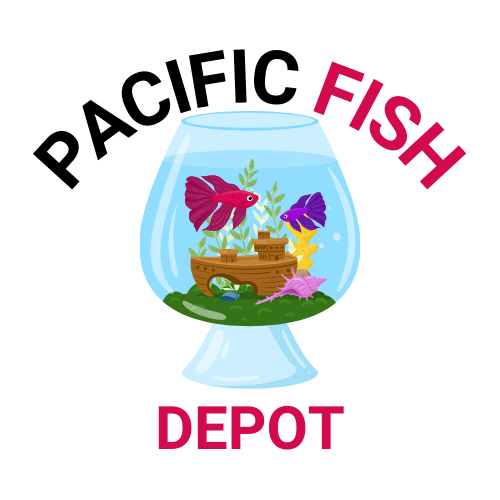
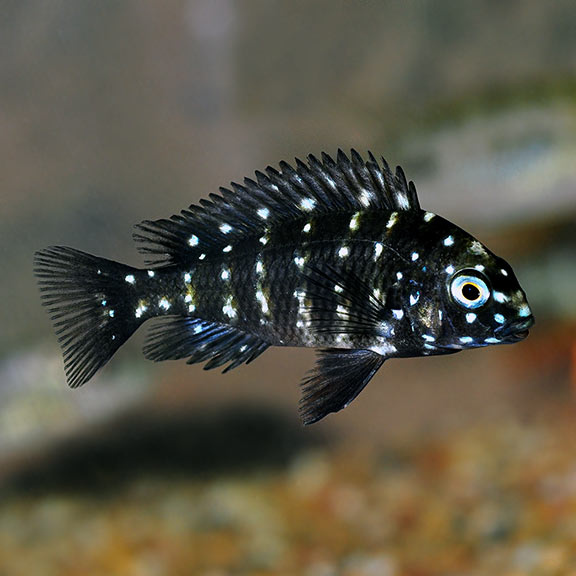
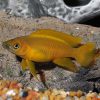
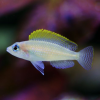







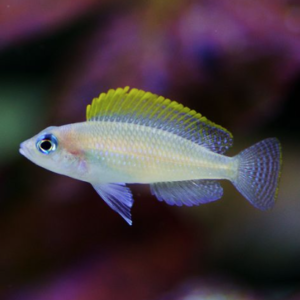


Reviews
There are no reviews yet.